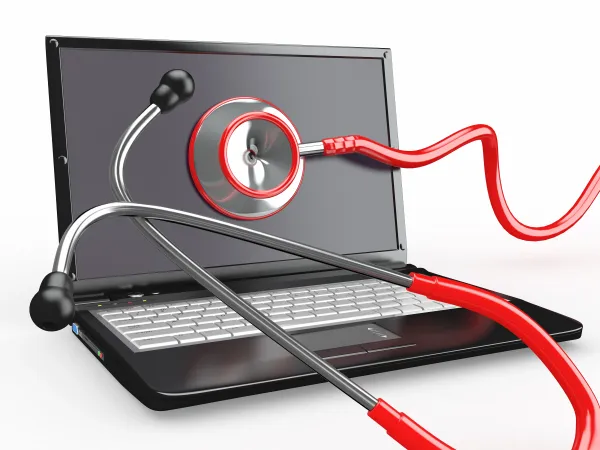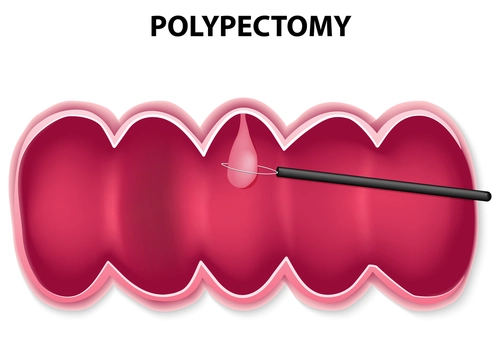Brush up on the Top OPPS Final Rule Updates

Site neutral payment to hit provider-based departments.
The much awaited 2017 hospital Outpatient Prospective Payment System (OPPS) final rule has arrived. Are you ready to embrace the provisions of the 2015 Bipartisan Budget Act?
Read on for a rundown of the key points in the final rule, which comes with a 60-day comment period for changes.
Decipher the Payment Updates
According to the OPPS final rule, CMS payments in 2017 will increase by 1.65 percent. CMS arrived at a figure of 1.65 percent by compiling a positive 2.7 percent market basket update, a 0.3 percent cut towards productivity adjustment and a 0.75 percent cut under the Affordable Care Act. This 1.6 percent payment increase translates to an estimated total payment amount of $63 billion, up $5.1 billion compared to 2016. As for ASCs, those who meet quality reporting requirements under the Ambulatory Surgical Center Quality Reporting (ASCQR) program, will see a 1.9 percent raise in CMS payment, according to the CMS news release, November 1, 2016.
Know How Site-Neutral Payment Provisions Impact You
In line with Section 603 of the Bipartisan Budget of 2015, CMS is implementing site-neutral payment provisions. This means that from Jan. 1, 2017, the payment for off-campus Provider Based Departments (PBD) that started billing under the OPPS on or after Nov. 2, 2015, would come from Medicare Part B payment systems other than OPPS. Most services the new off-campus PBDs provide in 2017, will be reimbursable through the physician fee schedule.
This would impact current and future provider-based departments. However, OPPS would continue to cover emergency department services as they have in the past. “This will add complexities to the chargemaster and charge capture for hospital providers,” says Sarah Goodman, MBA, CHCAF, CPC-H, CCP, FCS, president of the consulting firm SLG, Inc., in Raleigh, N.C.
Caution: Off-campus departments that have been billing under the OPPS prior to Nov. 2, 2015, need to be cautious. Billing addresses for these providers must remain the same as they were was prior to Nov. 2, 2015, to enjoy exemption from these site-neutral payments.
Good News: CMS chose not to finalize the proposal requiring off-campus PBDs to offer the same services as they performed on Nov 2, 2015, to stay excluded from the site neutral payment provisions. “MS will monitor expansion of clinical service lines by off-campus PBDs and continue to consider whether a potential limitation on service line expansion should be adopted in the future,” says CMS. (https://www.cms.gov/Newsroom/MediaReleaseDatabase/Fact-sheets/2016-Fact-sheets-items/2016-11-01-3.html)
Strategy: “Coders must ensure the correct codes are reported based upon site of service,” Goodman says. “A single hospital entity could have PBD starting before and after the Nov 2, 2015 cutoff date. They must know whether to split-bill the PC vs. the TC, whereby the TC will still be paid under the OPPS, or to submit a single charge with the new claims processing modifier, payable under the MPFS.”
In a bigger picture, “overall, CMS is still taking a very restrictive approach to implementation of Section 603,” says Duane C. Abbey, PhD, president of Abbey and Abbey Consultants Inc., in Ames, IA. “With the exception of dropping the additional services issue, only a little softening of CMS’s approach has occurred.”
You Need Not Report Pain Management in VBP Program
CMS decided to remove the pain management dimension after receiving feedback that associating patient contentment with pain reducing measures to the Hospital Value-Based Purchasing (VBP) Program payment incentives makes the hospital staff more inclined to prescribe greater number of opioids, so that the patient can feel better subjectively.
CMS is also finalizing elimination the pain management variable from the 2018 Hospital Consumer Assessment of Healthcare Providers and Systems (HCAPCS) survey for the VBP program, to eliminate any financial pressure providers may feel to overprescribe medications. However, CMS would continue work on alternative questions to gauge provider communication and pain in future.
Look Forward to Seven New Measures for Your Outpatient Quality Reporting
In an endeavor to improve on quality of patient care, CMS has finalized the following seven new measures for the hospital outpatient quality reporting program for payment determination in 2020 and beyond
The claims-based measures are:
(a) OP-35 (Admissions and Emergency Department Visits for Patients Receiving Outpatient Chemotherapy)
Five more assessment of healthcare providers and systems (OAS CAHPS) survey-based measures are:
(i) OP-37a (OAS CAHPS—About Facilities and Staff)
The OAS CAHPS survey, a 37-component survey, intends to assess the patient experience regarding care they received during and following surgeries and other procedures in hospital outpatient departments and ASCs. This data would need to be submitted to CMS on a quarterly basis, starting with visits on Jan. 1, 2018.
CMS could use this survey data to impose penalties or decrease reimbursement for providers receiving low survey scores, says Goodman. Reporting these quality measures may be crucial to your bottom line in future. CMS is yet to disseminate reporting guidelines for these measures.
Enjoy a Shorter 90-Day Reporting Period for EHR Incentive Program
To offer greater flexibility and convenience in the Meaningful Use (MU) reporting of EHRs, CMS has now finalized a reporting period to 90 days (reduced from a complete year) for all hospitals and physicians that havebeen previous participants in the MU program. This is supposed to ease out the administrative burden on surgeons. The reporting period can be any continuous 90-day period within the year.
Use the Comment Period to Your Advantage
CMS will accept comments on the final rule until December 31. Do not miss this chance to voice your concerns, and get revisions implemented that may help your facility. Hospitals are likely to suggest a delay in implementing the new PBD rule, Goodman predicts.
Impact to you: As a learning from this final rule, hospitals will need to assess their existing outpatient services to identify the ones that may fall within the scope of these payment changes.
For more details, go to page 808, OPPS final rule, https://s3.amazonaws.com/public-inspection.federalregister.gov/2016-26515.pdf.
(b) OP-36 (Hospital Visits after Hospital Outpatient Surgery [NQF #2687]).
(ii) OP-37b (OAS CAHPS—Communication about Procedure)
(iii) OP-37c (OAS CAHPS—Preparation for Discharge and Recovery)
(iv) OP-37d (OAS CAHPS—Overall Rating of Facility)
(v) OP-37e (OAS CAHPS—Recommendation of Facility)




